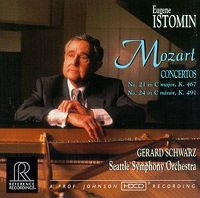Tony Federici: Accurate in the USA
I first met Tony Federici at a 1986 high-end show in Lucerne, Switzerland. He was at that time distributing Perreaux amplifiers in the US; the dem room Perreaux shared with KEF and McIntosh overlooked Lake Lucerne and Wagner's villa at Tribschen, perhaps the most idyllic setting for Show sound I have ever experienced. Tony was educated as a philosopher: In the 10 years I've known him, I have never known him at a loss for an opinion. It's all the more strange, therefore, that <I>Stereophile</I> has never asked him to submit to the ordeal of a formal interview.




